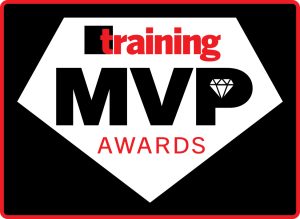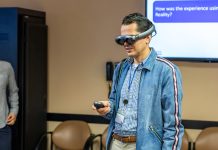Telecommunications company Spectrum Enterprise recently redesigned its Enterprise Technical Support New Hire training program to train new hires and upskill existing coax agents and leadership in fiber repair. This will enable coax agents to help with fiber repair calls during periods where the fiber call queue has high call volumes. Plus, at some point in the future, the company aims to have one department of agents rather than a coax group and a fiber group, so it will be beneficial to have already cross-trained agents.
Program Details
The eight-week program features a virtual and instructor-led curriculum. The first six weeks consist of interactive virtual sessions where participants delve into system navigation, networking architecture and topology, call handling techniques, and fiber equipment troubleshooting using internal tools, all accessed via digital workbooks. These interactive sessions feature real-time feedback from facilitators and subject matter experts.
The program’s content is structured into modules that can be independently taken and taught to other groups, allowing for targeted skill acquisition and upskilling. The migration to digital workbooks enables participants to engage in self-guided and facilitated learning, with interactive workbooks allowing learners to access resources, complete exercises, and track their progress in real time.
Given the technical nature of the training, learners are provided with live demonstrations of troubleshooting equipment and participate in practice activities that simulate real-world scenarios, allowing them to apply their skills in a controlled environment. The final two weeks—known as nesting weeks—involve participants shadowing experienced agents, joining a nesting group with a coach, and independently taking calls with real-time feedback and support. This hands-on phase is crucial for building confidence and competence as learners apply their newly acquired skills in a live environment.
During the course of their training journey, participants are added to a class group chat consisting of their peers, nesting coaches, subject matter experts, and facilitators. Regular check-ins and follow-up sessions with coaches and mentors are scheduled to reinforce key learning points, answer questions, provide guidance, monitor behavioral changes on the job, address any challenges, and provide additional guidance as needed. Leaders follow up with participants by listening and providing feedback on their fiber calls.
Results
In fiscal year 2022, the average handle time (AHT) for fiber calls was 991 seconds. Following the implementation of Enterprise Technical Support New Hire training, the AHT for FY’23 decreased 6 percent to 931 seconds.





